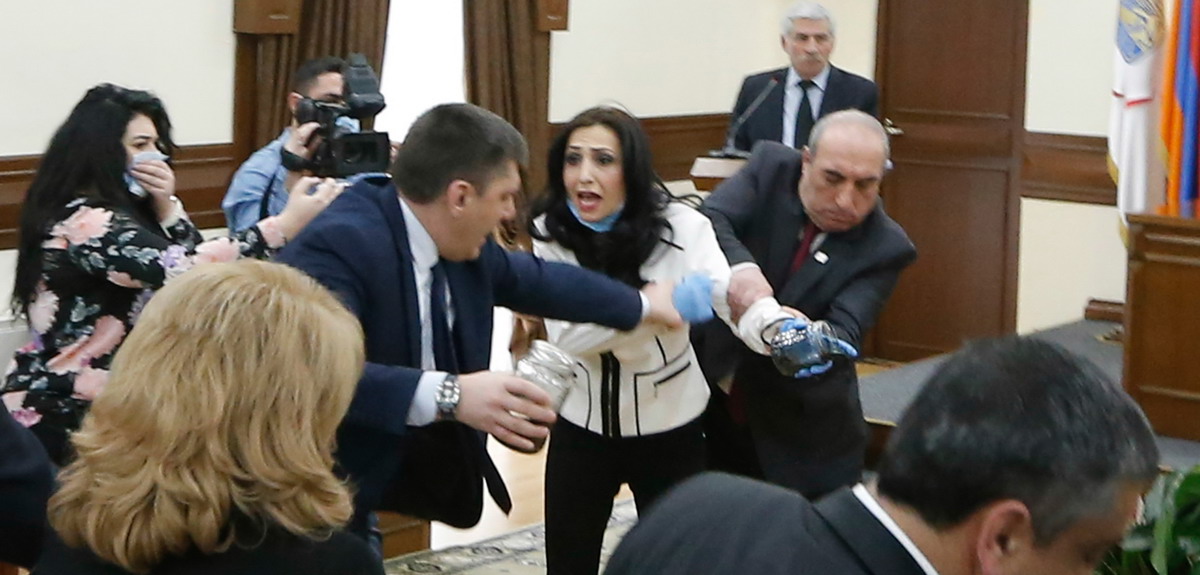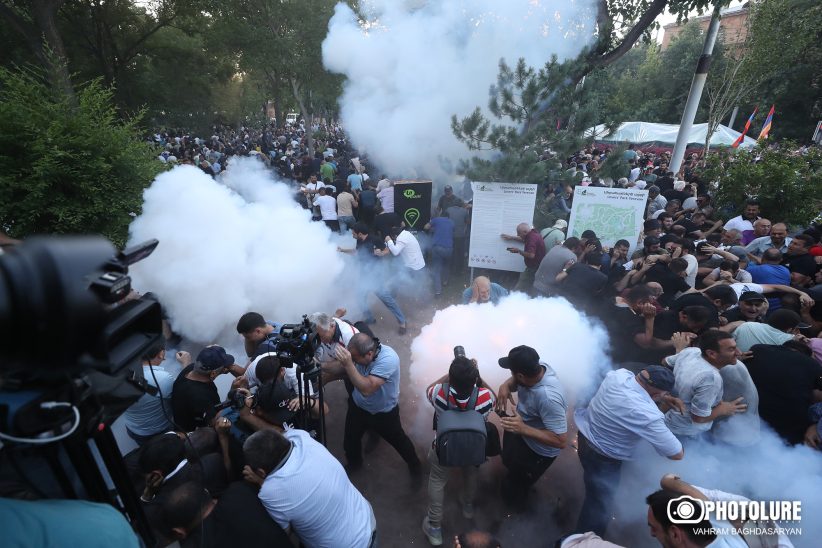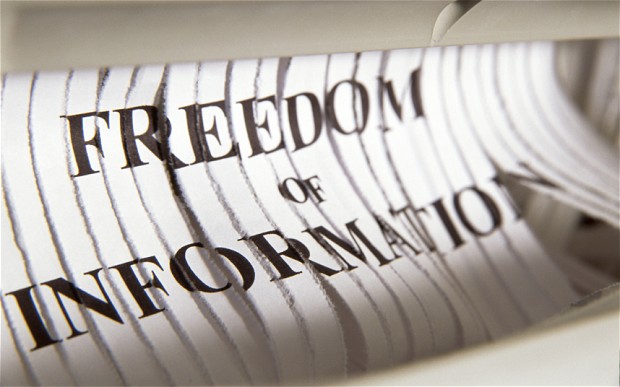The first quarter of 2018 was an intense period for legislative initiatives stipulating limitations of the right of freedom of expression, of receiving and disseminating information and journalistic activity. As a starting point for this campaign against the media outlets can be considered the circulation of the RA draft law on “The structure and activity of the Government”, which stipulates conducting the sessions of the supreme executive body behind the closed doors. Although the media, media organizations, the civil society and other institutions responded with sharp criticism to that political decision, on February 1, the Government approved this document, and on March 23, the Parliament passed this law at the extraordinary session.
The closed style of work adopted by the authorities had an infectious impact on other institutions. On February 19, the Yerevan Municipality expressed its intention “to regulate” the operation of journalists in its administrative facilities. In fact recommendations prepared in that respect stipulated stringent limitations on the movement of the media representatives and on conducting their professional activity.
The reason for that was the incident that occurred on the same day, on February 19, when the videotaping by the journalists invited by Zarouhi Postanjyan, head of the “Yerkir Tsirani” opposition faction in the City Council, were considered impermissible and were forbidden. “Regulations” offered by the municipality staff unexpectedly for the media community came into force: they were included in the Law “On making changes and amendments in the RA Law on self-governing in Yerevan City” passed by the Parliament at the extraordinary session on March 23. Responding to this process, 10 media organizations made a statement saying that the new law restricting the work of the media is against the principle of transparent activity of the local self-governing bodies.
At the aforementioned session of the Parliament, they passed the draft law “On making changes and amendments in the RA Law on TV and radio”. This was also a surprise for the media community, as on November 16, 2017 the Government had approved the draft of the new law “On TV and radio” and had decided to send it to the parliament. Whereas a bill happened in the parliament on making changes and amendments in the existing law, which is a completely different document and solves only one issue; to make it consistent with the Constitution adopted in 2015. According to that, the TV and radio commission will consist of 7 members appointed by the Parliament, and Board of the Public TV and radio-company will have 5 members who will be appointed by the Prime Minister based on a competition. In terms of the big number of serious problems accumulated in the field during these years, they remain unsolved.
During the January-March of 2018, the CPFE continued to monitor the status of rights of journalists and media outlets, and received the following results. During the quarter no cases of physical violence against the media personnel was registered. The cases of various types of pressure and impediments are 12, the number of cases of violating the rights of receiving and disseminating information is 14.
During the first quarter, 9 new lawsuits were filed with the involvement of journalists and media outlets. Three of them are under Article 1087.1 of the RA Civil Code, i.e. insult and slander, four cases of obliging provision of information, one – claiming suspension of the actions violating the rights of the media outlets, and one is a financial-economic dispute.








